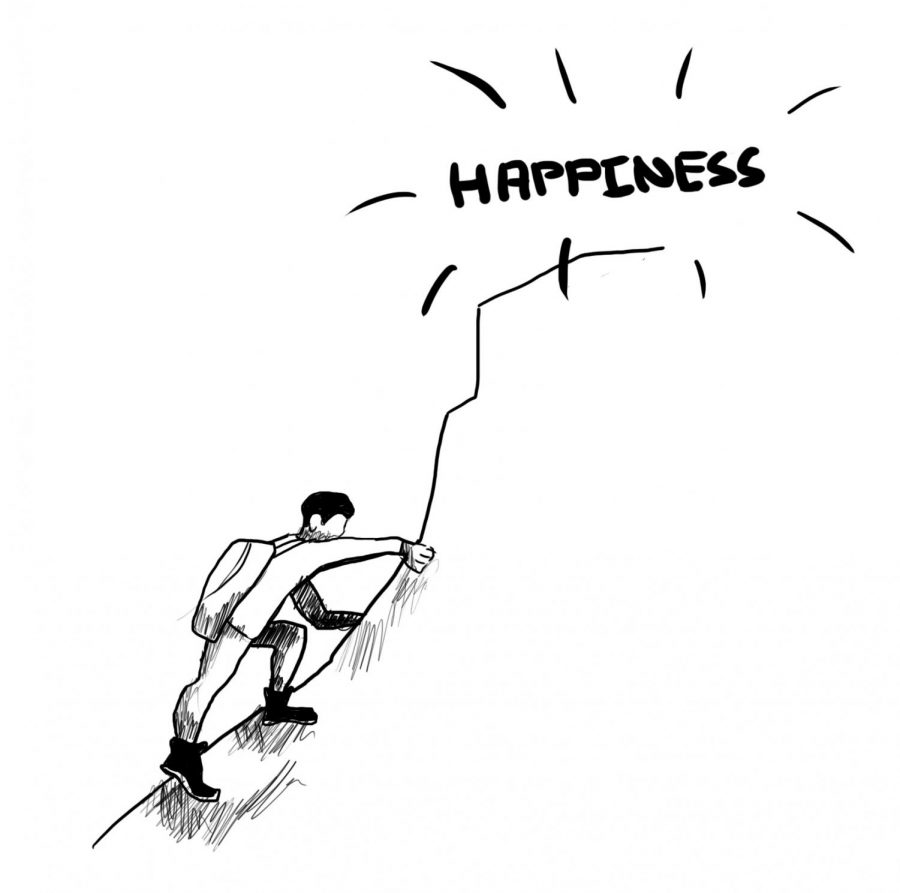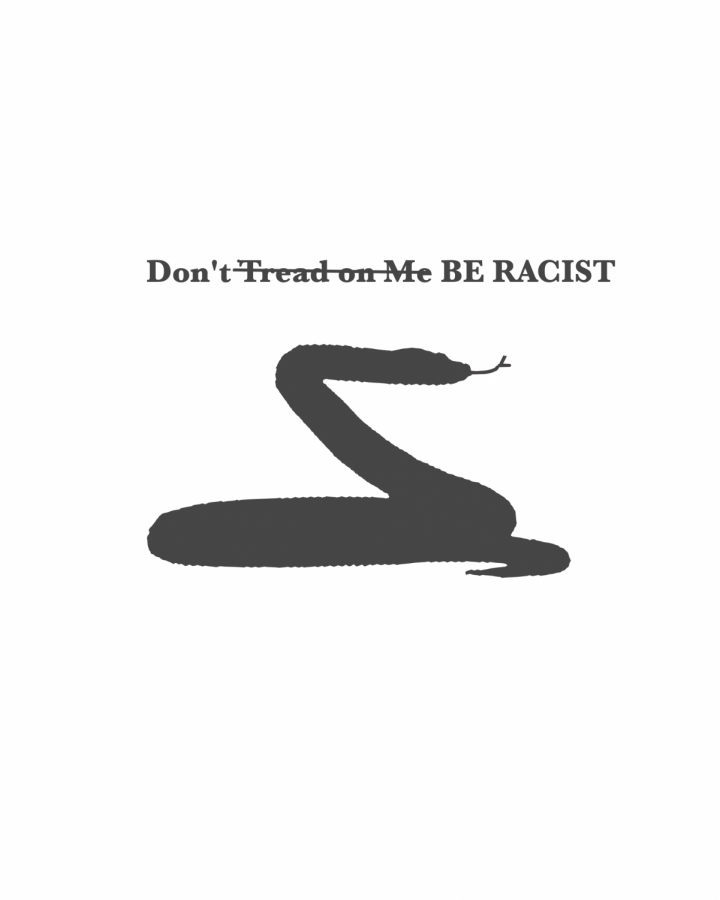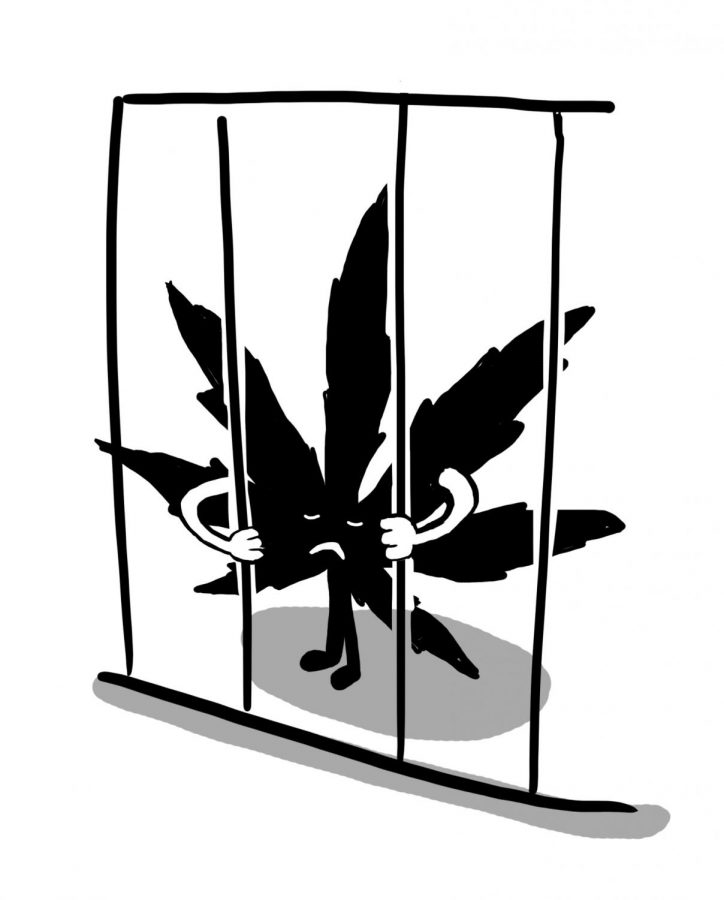
Date rape, or any other kind of interpersonal violence, is an uncomfortable subject. Most of us probably remember with varying degrees of clarity some kind of orientation regarding the subject, learning statistics like the following: “One of out of every four women has survived rape or attempted rape.” And if you’re currently a first-year or a transfer, you probably remember the “green dot” lecture from the beginning of the year: Good behavior, or actions that contribute to the safety of the campus, are green dots. Bad behavior, or actions that detract from the safety of the campus, are red dots. This is the first year that the green dot campaign has been instituted at Whitman.
Even if you didn’t receive the green dot lecture, you’ve probably seen fliers around campus, saying things like, “Your green dot matters!” and “What’s your green dot?” One thing that can be said for sure about the green dot campaign is that it’s very visible. Whether it’s effective or not is another matter.
For many of the people I talked to, the green dot campaign is viewed as sort of a joke. For Halloween, some first-years dressed up as red dots and green dots. When someone does something someone else disapproves of, they might say, “That’s a red dot right there.”
But although it may seem like it’s not taken seriously, the fact that the green dot campaign has become something of a joke does have its advantages. It’s talked about. And as much as we joke, it’s always with the acknowledgment of a truth behind it. It’s more like a half-joke. The names “red dot” and “green dot” might be silly, but they represent very real attitudes.
One first-year I talked to said that it helps to have a name for these types of behavior, to classify it, which makes it easier to talk about.
However, another first-year from my dorm argued that he felt the campaign wasn’t effective in convincing people to change their behavior. His argument was that people will do right or wrong regardless, and that a campaign can’t teach morality.
He had a point. But while the green dot campaign might not be able to stop someone from doing something, it encourages intervention on the part of others. A green dot is not just the act of not harming someone, it’s preventing someone else from being harmed. For example, one friend said, “If you know that your buddy is going to try to get a girl really drunk so he can hook up with her, you could try to stop him from doing that, and that would be a green dot.”
He said that the green dot campaign was at least helpful in contributing to a perhaps underemphasized pressure to ask for consent, making a certain type of mentality more present and at least offering a counterpoint (however convincingly) to the dominant hook-up culture.
He preferred it to the old system, which he described as much more grim and aggressive.
“They would separate the boys and the girls and tell the boys, ‘You’re probably going to try to rape someone,’ and the girls, ‘One of your guy friends is probably going to try to rape you,'” he said.
What I appreciate about the green dot campaign is that it’s a way of visualizing one’s influence on one’s community, making abstract concepts concrete. I remember seeing a map in Reid of the campus covered with green dots. Bear with me for a second and imagine that every good deed you do is physically visible, permanent. Your green dots do matter; your actions and decisions do influence the people around you.
However, I will admit that some of the advertising techniques are questionable.
“I think that ‘Get your daily dose of green dot’ poster encourages us to take drugs,” said one friend who sounded extremely concerned. “I wasn’t going to, but if Barbara Maxwell says to . . . she’s the boss.”



